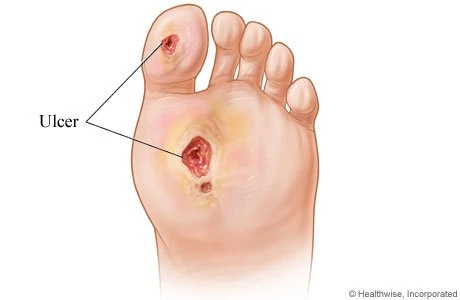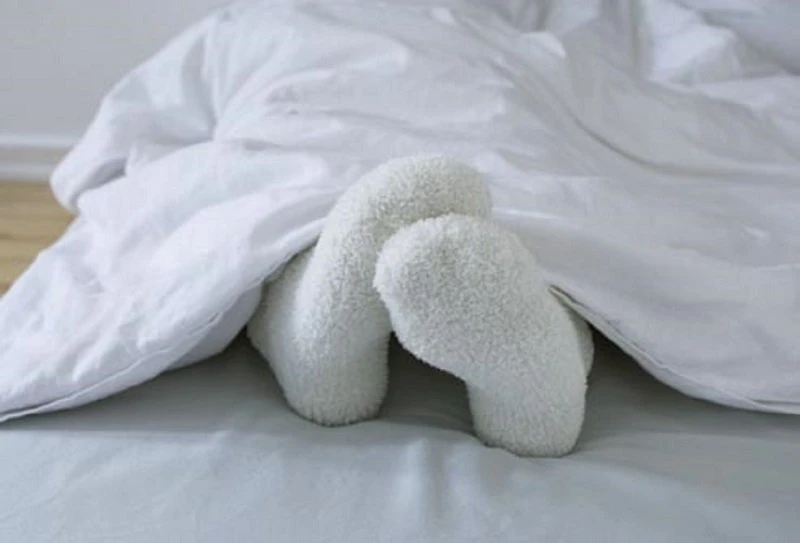It is a scary and troubling fact that people with diabetes are 15 times more likely to require a possible amputation. These amputation surely applies to your feet. More and more people with diabetes can receive feet checks in hospitals around the world.
According to Diabetes.org, in the United States alone, approximately 73,000 non-traumatic lower-limb amputations were performed in adults aged 20 years or older with diagnosed diabetes. This statistics was recorded in 2010. Of this number, approximately 60% of non-traumatic lower-limb amputations among people aged 20 years or older occur in people with diagnosed diabetes.
Diabetes is the leading cause of lower-limb amputation. Diabetes reduces the amount of blood reaching the feet. This lack of blood leads to a loss of sensation in your feet. This lost of feeling often leads to bigger problems such as: injuries, ulcers, infection and ultimately gangrene. Gangrene is known to be the ultimate case and can be avoided with preventive care. Early detection is paramount.


This new feet check is called "CPR for Feet". It is aimed at identifying any diabetic patients with a foot ulcer or patients who are facing the risks to develop foot ulcers. When doing feet checks, the physician will be doing the following functions:
Check - When a patient with diabetes is admitted to hospital their feet should be checked for any existing foot ulcers.
Protect - If a patient has had a previous foot problem or is at risk of developing a foot problem care should be taken to protect the patient's feet.
Refer - Patients who have a current foot ulcer and those at high risk of developing a foot ulcer during their stay in hospital should be referred to the Podiatry Department.
Doctors in Scotland and even around the world are adamant that the impact of having a limb amputated can be devastating and can dramatically change someone's life. However in many cases this is avoidable.
"That is why we are so committed to ensuring that people with diabetes have access to the best possible care so that the risks of amputation are minimized. The diabetes community have already made great progress - more people than ever before are now getting their feet checked and access to the care and support they need, stated Scotland's Minister for Public Health, Michael Matheson.
Matheson further added: "The new 'CPR for Feet' - Feet Check program will offer new foot care checks in hospital to everyone with a diagnosis of diabetes to determine their risk of developing foot disease, and gives them the information and support that they need to reduce that risk."
The feet checks have existed in Scotland since 2013 and continue to flourish. One patient, 48 years-old Iain Bone from Glasgow was diagnosed with diabetes 18 years ago. He experienced multiple complications from his illness. Complications such as serious damage to his nerve system and infected ulcers on his feet occurred in the past. In September 2010 Iain had surgery to remove two toes and improve the blood flow to his foot, without which clinicians say he would have lost his foot. In a press statement he says:"One morning I woke up and noticed an ulcer on my heel. I went to the chiropodist straight away and they tried to get it to heal over the next few weeks."
However it wouldn't heal due to the lack of a blood supply in the foot caused by diabetes. Iain then developed a second ulcer on his foot, which was not healing either and both ulcers became infected.
"Having two toes removed was a much better outcome than where I was heading at that point. I'm just so pleased that everything is back on track."
He now checks his feet every day.
According to Diabetes UK, it is estimated that Scotland is well ahead of the rest of the UK with regards to Footcare for diabetic.
Globally, it is agreed amongst physicians for people with diabetes to check their own feet every day and to seek immediate medical advice if they notice:
These could all indicate poor circulation, an infection, the early stages of an ulcer or gangrene.
 |
 |
 |
 |